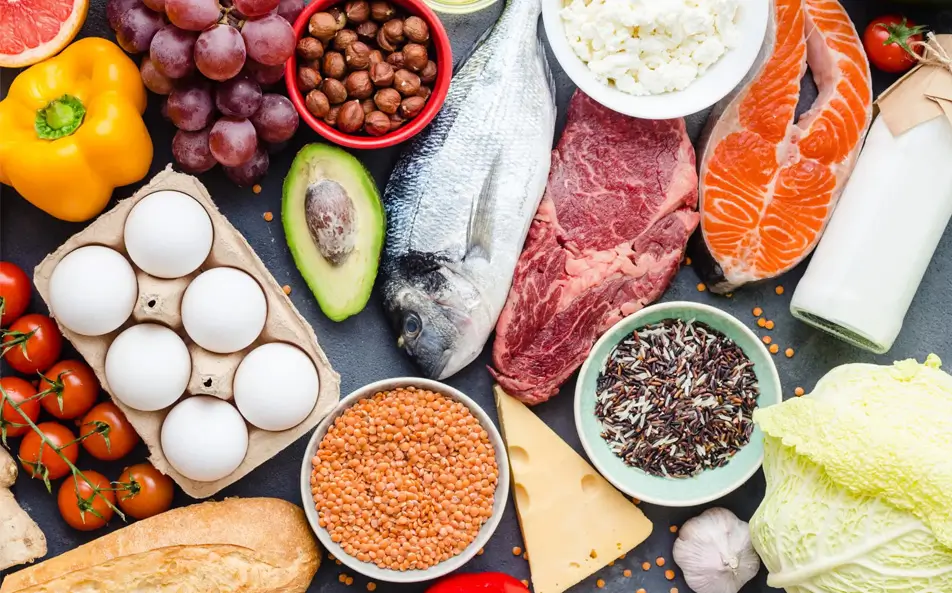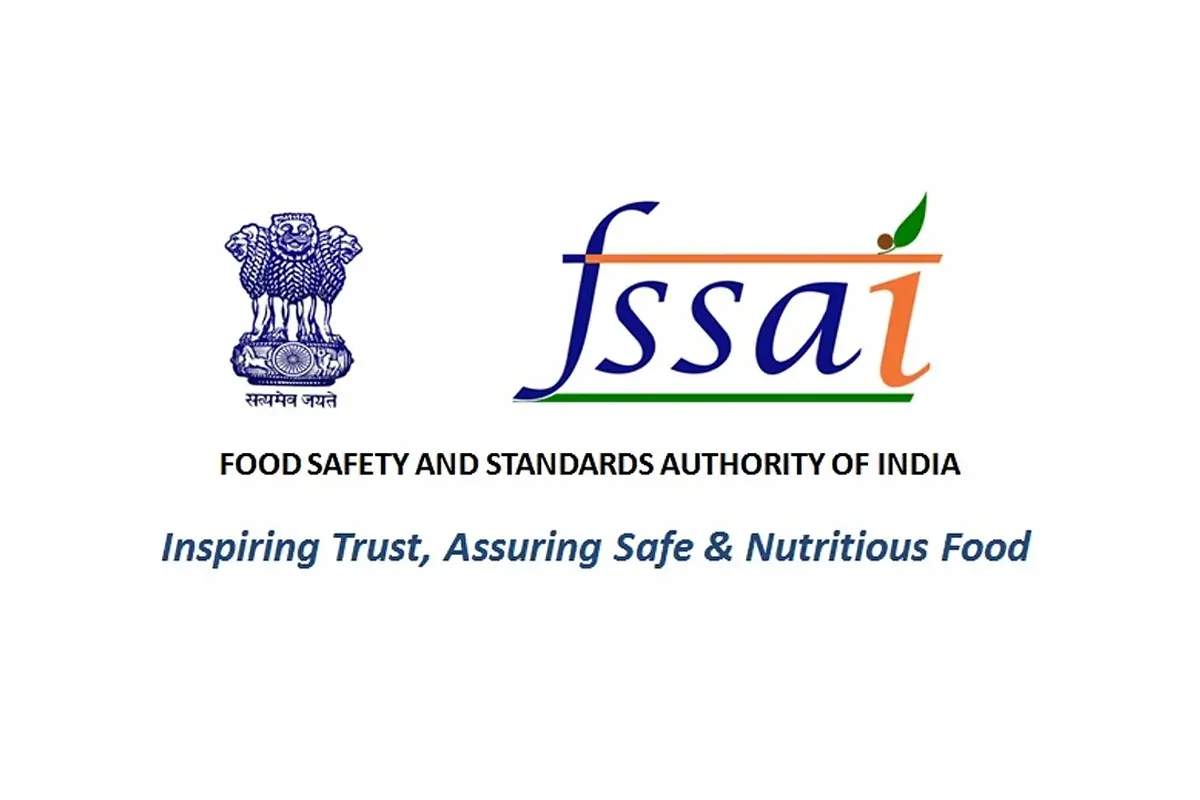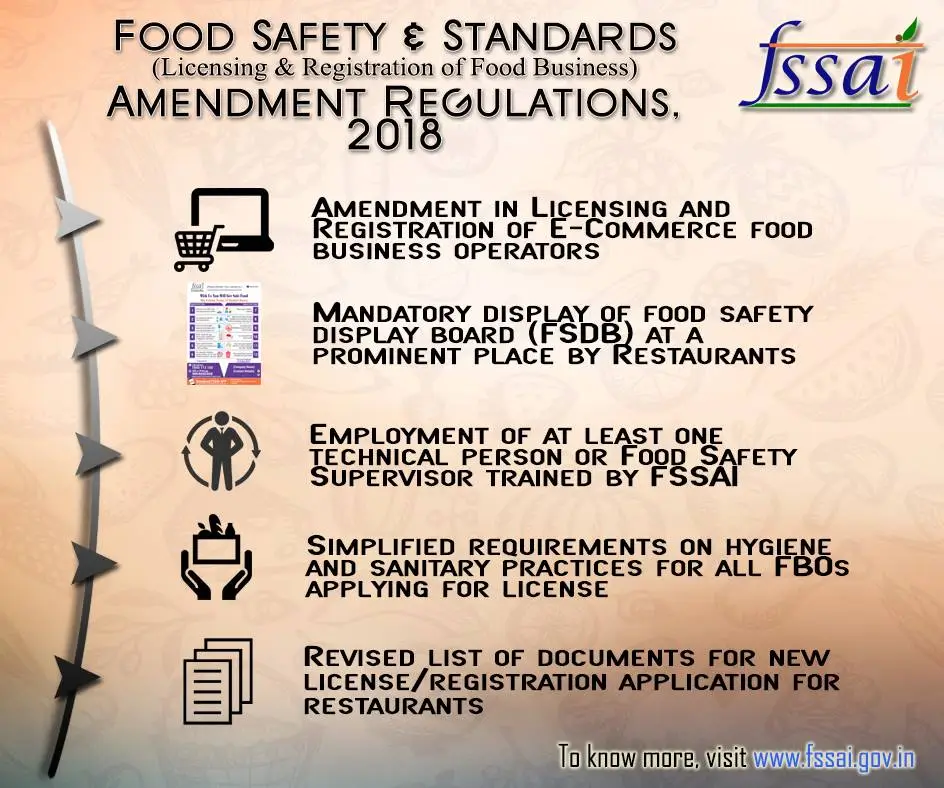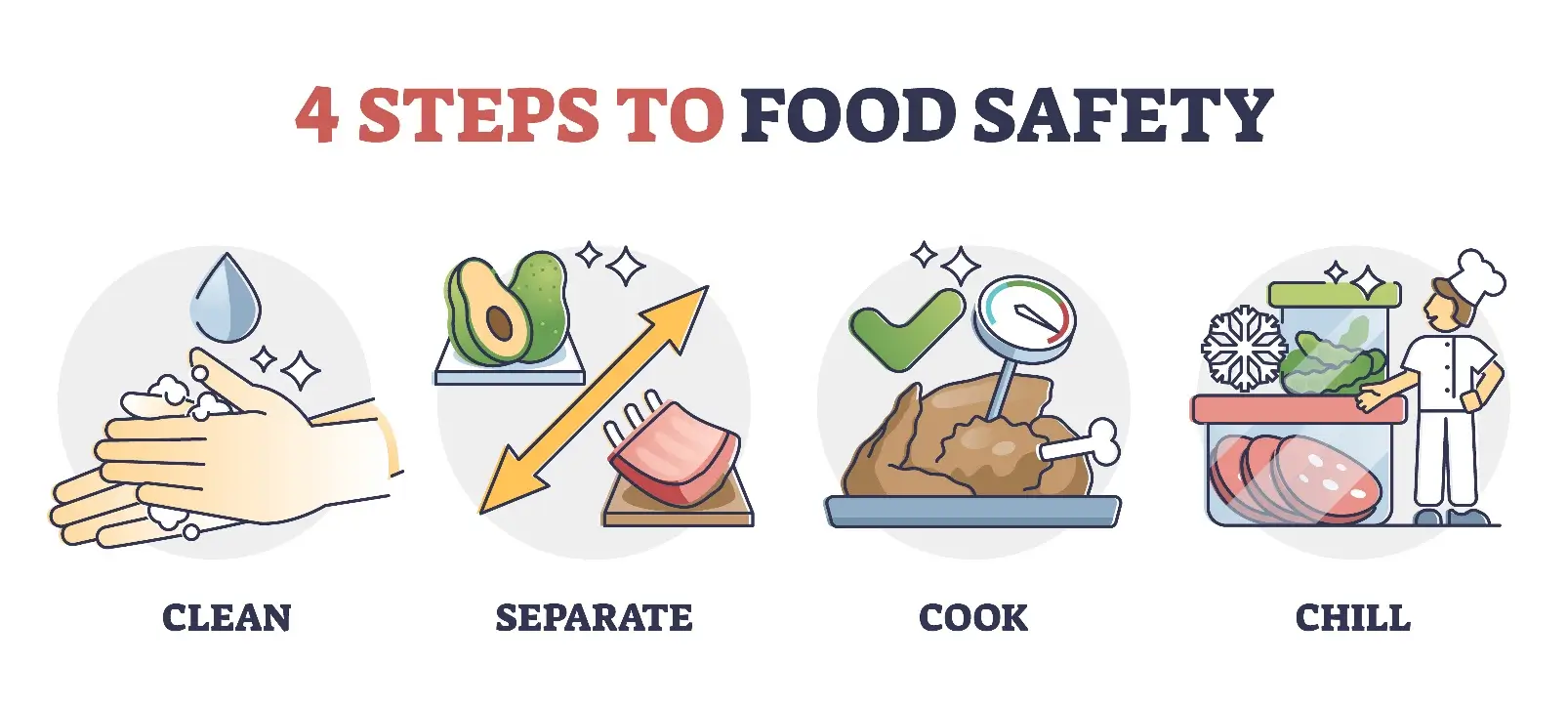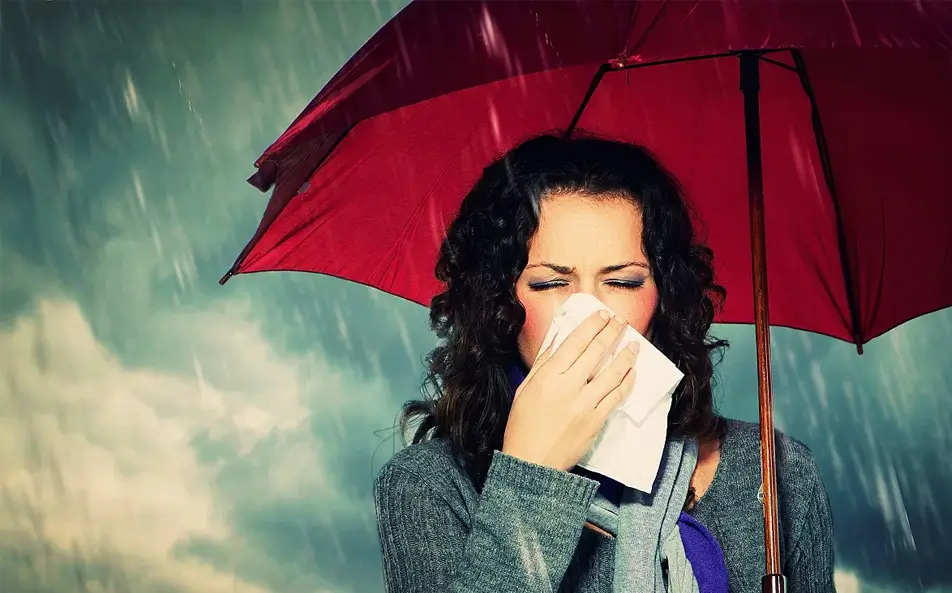
The United Indian

Food - it nourishes us, brings us together, and is a cornerstone of Indian culture. India boasts a vibrant and diverse culinary scene, with delicious street food stalls sharing space with Michelin-starred restaurants. But with a vast and diverse food scene, ensuring the safety of what we eat can sometimes feel overwhelming. Fear not! This blog will equip you with the knowledge you need to navigate the Indian food landscape and keep your family safe from foodborne illnesses.
Importance Of Food Safety in India?
India faces unique challenges when it comes to food safety standards. Our large population, diverse climate, and traditional food practices can create opportunities for contamination. According to the World Health Organization (WHO), roughly 50% of malnutrition in India stems from unsafe food and water. This translates to a significant public health burden, with children being particularly vulnerable.
The Good News: A Framework for Food Safety
The good news is that there is a robust food safety framework in India. The Food Safety and Standards Authority of India (FSSAI), established in 2006, is the central body responsible for ensuring food safety and regulating the food industry. The FSSAI sets science-based standards for food production, storage, distribution, and sale. It also licenses food businesses and conducts inspections to ensure compliance.
Key Regulations and Standards
Food Safety and Standards Act, 2006
This act consolidates various laws related to food safety standards and establishes the FSSAI. It provides a single reference point for all matters related to food safety and standards, thereby ensuring a more streamlined regulatory approach.
Food Safety and Standards (Licensing and Registration of Food Businesses) Regulations, 2011
These regulations mandate that all food businesses, from small vendors to large manufacturers, obtain a license or register with the FSSAI. This helps in maintaining a database of food business operators and ensures that they comply with food safety standards.
Food Safety and Standards (Packaging and Labelling) Regulations, 2011
These regulations specify the food safety standard required for packaging and labeling of food products, ensuring that consumers receive accurate information about the contents, nutritional value, and safety of the food they consume.
Knowing Your Food: From Farm to Plate
Let's delve into the different stages of the food chain and understand how to make informed choices:
- At the Farm: Agricultural practices can significantly impact food safety. Excessive use of pesticides and antibiotics in animal husbandry can lead to harmful residues in food. Look for organic or locally sourced produce whenever possible.
- During Processing & Packaging: Improper handling during processing and packaging can introduce contamination. While pre-packaged foods offer convenience, check the FSSAI license number and ensure the packaging is intact and not tampered with.
- Storage & Transportation: Improper storage temperatures can accelerate bacterial growth. Be wary of buying perishable items displayed for extended periods at room temperature. Maintain proper hygiene and storage temperatures at home as well.
- Retail & Consumption: Street food is an integral part of Indian culture and so is understanding the importance of food safety. However, hygiene practices may vary. Choose vendors with clean stalls, observe food preparation methods, and opt for freshly cooked items over pre-prepared ones. When eating out at restaurants, look for establishments with a valid FSSAI license displayed.
Measures to Enhance Food Safety in India
- Strengthening Infrastructure : To improve food safety in India, there is a need to invest in better infrastructure, including modern storage facilities, efficient transportation networks, and robust cold chain systems. These improvements can significantly reduce the risk of contamination and spoilage, especially for perishable goods.
- Training and Capacity Building : Training and capacity building for all stakeholders in the food supply chain, from farmers to food handlers and regulators, is essential. By enhancing their knowledge and skills in food safety standards & practices, the overall quality of the food supply can be improved.
- Promoting Good Agricultural Practices (GAP) : Encouraging farmers to adopt Good Agricultural Practices (GAP) can help in reducing the risk of contamination at the source. GAP includes practices related to soil management, water quality, pest control, and the use of fertilizers and pesticides, all of which contribute to safer food production.
- Enhancing Food Testing Capabilities : Increasing the number and capacity of food testing laboratories is crucial for effective monitoring and enforcement of food safety standards. Advanced testing facilities can help in the early detection of contaminants and ensure that only safe food products reach the market.
- Consumer Awareness and Education : Educating consumers about importance of food safety, including the importance of proper food handling, storage, and preparation, is vital. Informed consumers can make better choices and take necessary precautions to protect themselves from foodborne illnesses.
Empowering Yourself: Tips for Everyday Food Safety in India
Here are some practical tips to make food safety a part of your daily routine:
- Wash your hands thoroughly with soap and water before handling food, and after using the restroom or handling raw meat.
- Wash fruits and vegetables under running water, especially if you plan to eat them uncooked.
- Maintain separate chopping boards for raw meat and vegetables to avoid cross-contamination.
- Always check the expiry date on packaged food items before purchase.
- Cook food thoroughly to an internal temperature that eliminates bacteria. Use a food thermometer for accurate measurement.
- Refrigerate or freeze leftovers promptly and reheat them to a safe temperature before consumption.
- Make sure that you spread awareness about the importance of food safety among your near & dear ones.
- Beware of street food vendors with poor hygiene practices. Opt for freshly cooked items and avoid pre-prepared foods that have been sitting out for long periods.
- Be cautious with raw or undercooked foods, especially for pregnant women, young children, and older adults.
- Store food in airtight containers to prevent contamination by insects and rodents.
- Stay informed about food recalls by following the FSSAI website or social media channels.
The Power of Awareness: Building a Culture of Food Safety
Food safety is a shared responsibility. As consumers, we can make informed choices. But it's equally important to raise awareness. Talk to your family and friends about food safety standards & safe food handling practices. Support restaurants and vendors who prioritize hygiene.
The Role of Technology
Technology is playing an increasingly important role in food safety in India by enhancing traceability and transparency. Mobile applications can help consumers identify licensed food businesses and report violations. Additionally, advancements in traceability systems are allowing for better tracking of food from farm to fork, which can help identify and address contamination issues faster.
By recording every transaction in a tamper-proof ledger, blockchain ensures that the history of a food product is accessible and verifiable, thus reducing the risk of fraud and contamination.
- Blockchain for Traceability : Blockchain technology can play a significant role in enhancing traceability and transparency in the food supply chain. By recording every transaction in a tamper-proof ledger, blockchain ensures that the history of a food product is accessible and verifiable, thus reducing the risk of fraud and contamination.
- Internet of Things (IoT) : The Internet of Things (IoT) can be leveraged to monitor food safety standards in real-time. IoT devices, such as sensors and smart tags, can track temperature, humidity, and other critical parameters throughout the supply chain, alerting stakeholders to potential issues before they become serious problems.
- Artificial Intelligence (AI) : Artificial Intelligence (AI) can be used to analyze large datasets related to food safety, identifying patterns and predicting potential risks. AI-driven solutions can help in making informed decisions and implementing proactive measures to ensure food safety.
Working Together for a Safer Food Future
India is making significant strides towards ensuring food safety in India. By understanding the challenges and utilizing the available resources, we can all play a role in protecting ourselves and our families. Remember, food safety is a journey, not a destination. By incorporating these practices into your daily routine, you can ensure that every meal is a safe and enjoyable experience.
Read more in Social Cause
Jul 10, 2024
TUI Staff
Jul 09, 2024
TUI Staff
Jul 06, 2024
TUI Staff

Stay Tuned with The United Indian!
Our news blog is dedicated to sharing valuable and pertinent content for Indian citizens. Our blog news covering a wide range of categories including technology, environment, government & economy ensures that you stay informed about the topics that matter most. Follow The United Indian to never miss out on the latest trending news in India.
©The United Indian 2023

